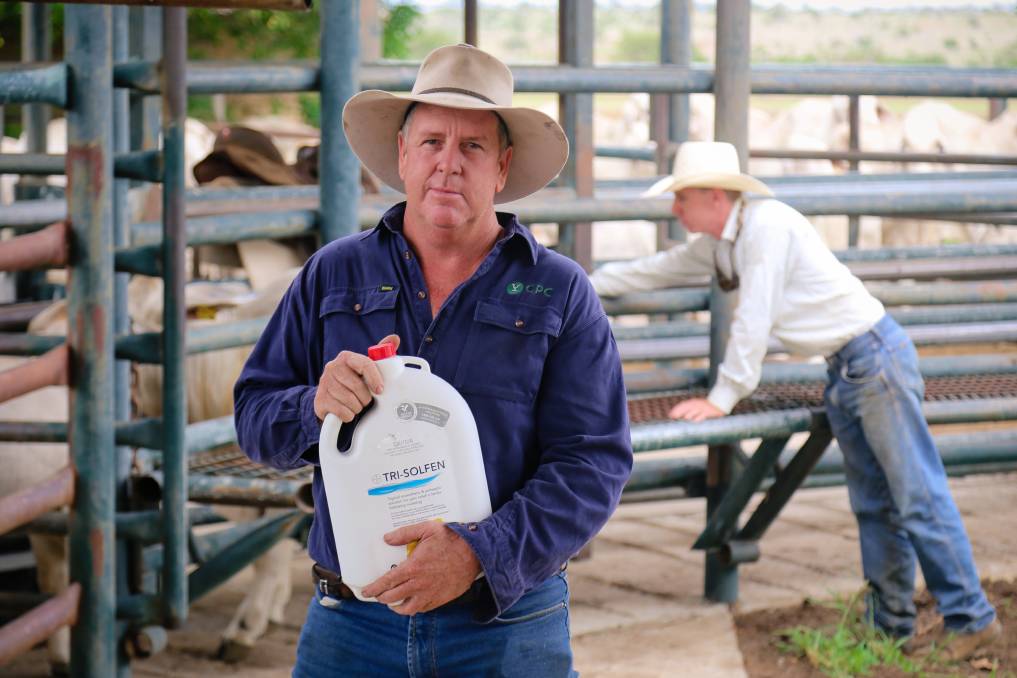Horns of a Dilemma
March 19, 2014
PIP COURTNEY, PRESENTER: First today, a story on something the beef industry can be reluctant to talk about, but knows it must deal with. Dehorning calves is carried out by cattle producers in order to prevent stock harming themselves and their handlers. It’s a confronting and bloody procedure and many in the industry believe it’s a matter of time before it becomes an animal welfare flashpoint. That’s why the industry has been trying to find a painless genetic solution and it now says it’s made a breakthrough. And a warning, this report contains scenes of dehorning.
In the wild, horns served a purpose – protecting cattle from prey animals and each other. They served a purpose when cattle were used as beasts of burden too, for they prevented them from slipping out of the yoke. But in modern agriculture, horns are expensive and dangerous.
SCOTT HANSEN, FMR MLA CEO: Bumping into each other not only in transport, but in yards on properties and in yards at processing works was creating a real loss of value because that meat had to be devalued and the hides had to be devalued.
PIP COURTNEY: Horns are a danger in the workplace too.
BURNETT JOYCE, ‘GYRANDA’ QLD: Cattle with horns are aggressive because they have the artillery to be aggressive, even to one another.
JIM ROTHWELL, MLA: They certainly are more dangerous, they are more difficult to manage, they certainly can hurt farmers and operators and there’s an unquestioned occupational health and safety issue around horns, and many of us have seen animals bullying each other, there’s no doubt that horny animals are more likely to bully non-horny animals. It’s bad for social interaction. The food lots don’t want to take animals with horns….
MELINA TENSEN: There’s also a longer chronic pain response which is indicated by reduced weight gain over a period of up to six weeks, so that’s indicative of chronic pain. So there’s definitely science to support the fact that it is a painful procedure that the animal would definitely feel.
PIP COURTNEY: Trials of the analgesic Trissulfin began several years ago. Well-known cattleman the late Zander McDonald was involved and if approved for use he’d planned to introduce it to the family’s 180,000-head beef operation in far North Queensland. With plans to market the beef as ethically raised, he told ABC Radio it was time the northern cattle industry pushed its welfare credentials.
(Zander McDonald on ABC Radio – 2012)
ZANDER MCDONALD, BEEF PRODUCER: We think it probably takes anywhere from 20 to 40 minutes before the anaesthetic starts to work, but we’re quite confident that it’s then good for about 18 hours afterwards which is the work we did last year. So we’re very pleased how it’s working. We think it’s the only practical way of administering an anaesthetic in a timely and cost-effective manner for the volume of animals that we process in a single day.
PIP COURTNEY: While approved for use in the sheep industry for mulesing, Mr McDonald was frustrated Trisulfin was several years and several million dollars away from being approved for the beef industry.
While supporting industry investment into pain relief options, the RSPCA says the best long-term solution to dehorning is to phase it out. READ MORE
